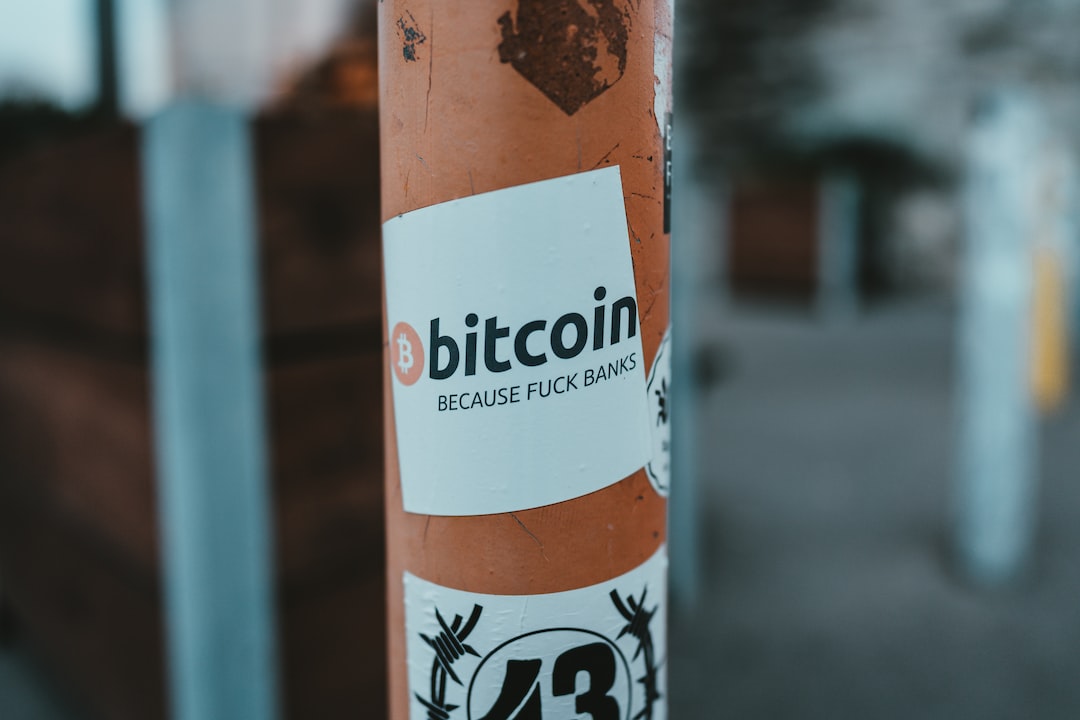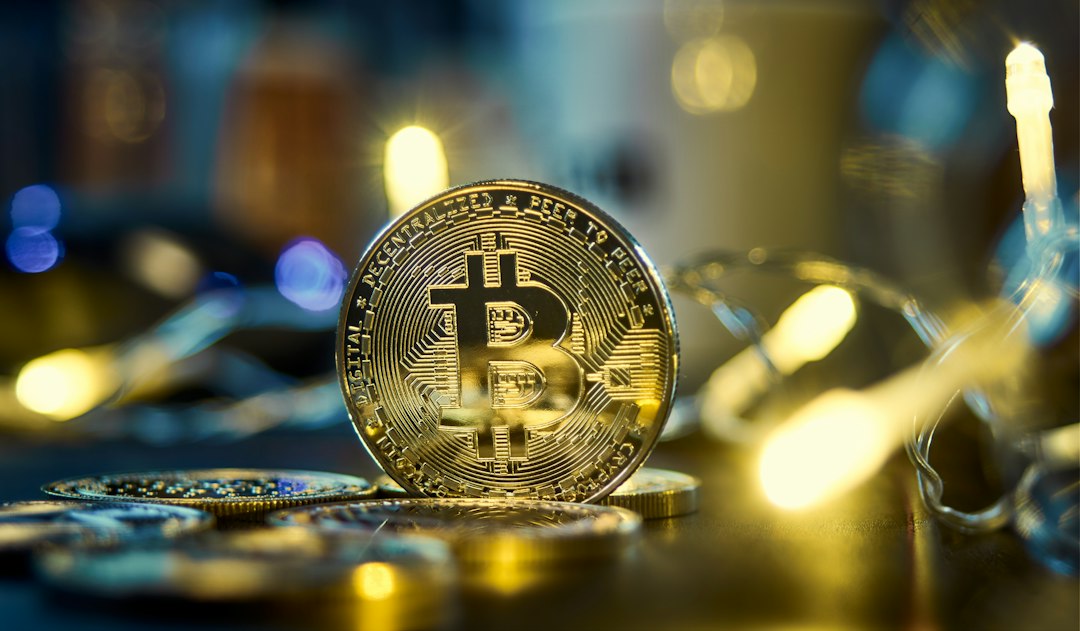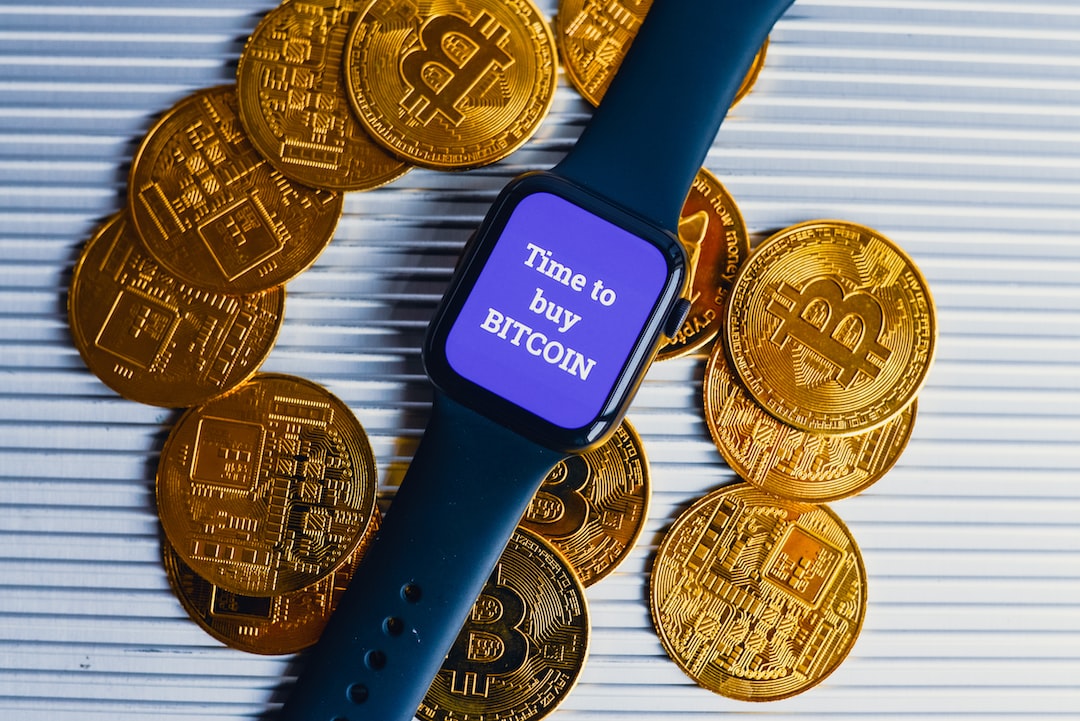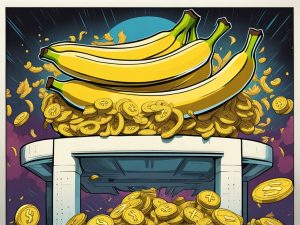Polygon NFT Volume Surpasses Solana
The volume of Polygon NFTs has surpassed that of Solana in the past 24 hours, according to data from CryptoSlam. Polygon, an Ethereum-based Layer-2 scaling protocol, now ranks third in terms of NFT sales volume, following Bitcoin and Ethereum. Solana has been pushed down to the fourth position.
Polygon NFT Figures
In the past 24 hours, Polygon has recorded a daily sales volume of $9,986,754 for NFTs. This is more than double the sales volume of Solana, which stands at $4,116,667. While Polygon’s NFT sales volume has increased by 43% in 24 hours, Solana’s has decreased by over 17%, leading to this shift in rankings.
Polygon also has a higher wash sales figure compared to Solana, with $858,631 compared to $175,493. The total sales volume for Polygon NFTs is $10,845,385, including regular sales and wash sales. For Solana NFTs, the total sales volume is $4,292,160.
A total of 12,283 traders have contributed to Polygon’s high NFT sales volume. This is significantly lower than the number of traders on Solana (13,560), indicating that the NFTs being traded on Polygon are relatively more valuable.
Polygon also surpasses Bitcoin and Ethereum in terms of the number of buyers on its network.
The Transient Growth Phases of the Crypto Industry
The crypto industry is experiencing increased competition among participants as it continues to grow. Recently, Solana gained attention for its NFT and DeFi trading activities after surpassing Ethereum in daily and weekly DEX volumes. However, Polygon’s rise suggests that layer-2 solutions are becoming more mature.
Polygon’s growth trend extends to daily active users as well. This milestone highlights the need for customized Name Service development for layer-2 protocols, as suggested by Vitalik Buterin.
Hot Take: Polygon NFTs Outrank Solana in Sales Volume
Polygon has surpassed Solana in terms of NFT sales volume, solidifying its position as a leading Layer-2 scaling protocol. With its higher sales figures and number of traders, Polygon demonstrates the potential of layer-2 solutions in the crypto industry. This milestone reflects the overall growth and competition within the industry, highlighting the need for continued development and innovation.





 By
By
 By
By



 By
By